YORKSHIRE, ENGLAND—Could men from Central Asia have brought Indo-European languages to India thousands of years ago? Live Science reports that archaeogeneticist Martin Richards of the University of Huddersfield and his colleagues conducted an analysis of genetic material collected from modern populations living in India, where ancient DNA rarely survives in the hot climate. The data from the study suggest that multiple waves of people migrated into the subcontinent from Anatolia, the Caucasus, and Iran over the past 20,000 years. In particular, Richards and his colleagues say between 4,000 and 3,800 years ago, the Y-chromosome subtype associated with men of the Yamnaya culture appeared in Indian populations. The Yamnaya lived between the Caspian Sea and the Black Sea, are known for their pit graves and wheeled horse chariots, and spoke a precursor of Indo-European languages. The Yamnaya subgroup is now carried by about 17.5 percent of Indian men—more often in the north than in the south. So, did Yamnaya warriors conquer northern India, or perhaps migrate there and have large families? “It’s very easy for Y-chromosome composition to change very quickly,” Richards said. “Just because individual men can have a lot more children than women can.” To read more about Bronze Age Indo-European cultures, go to "The Wolf Rites of Winter."
Genetic Study Added to Debate on India’s Bronze Age Languages
News July 6, 2017
Recommended Articles
Artifacts January/February 2026
Sardinian Bronze Figurines
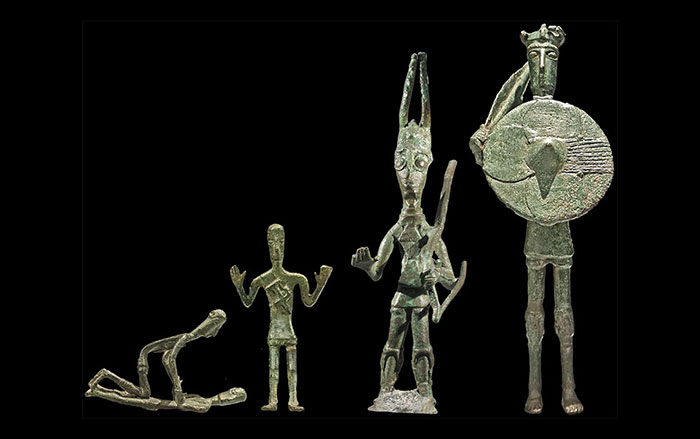
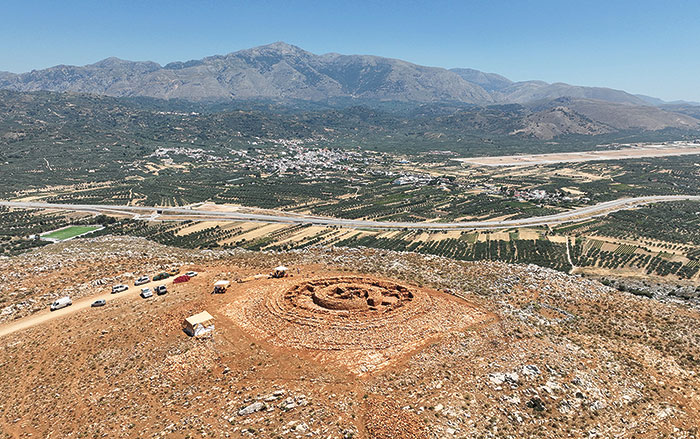
Features November/December 2025
Oasis Makers of Arabia
Researchers are just beginning to understand how people thrived in the desert of Oman some 5,000 years ago
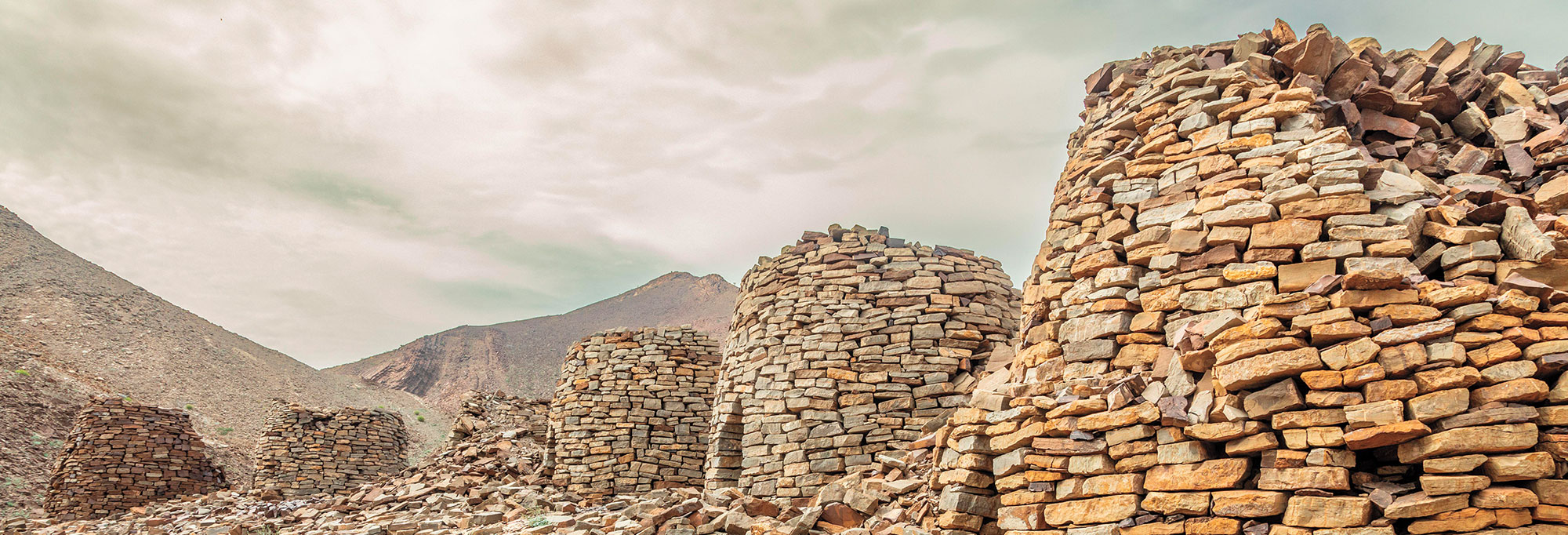
Off the Grid September/October 2025
Necropolis of Pantalica, Italy

-
Features May/June 2017
The Blackener’s Cave
Viking Age outlaws, taboo, and ritual in Iceland’s lava fields
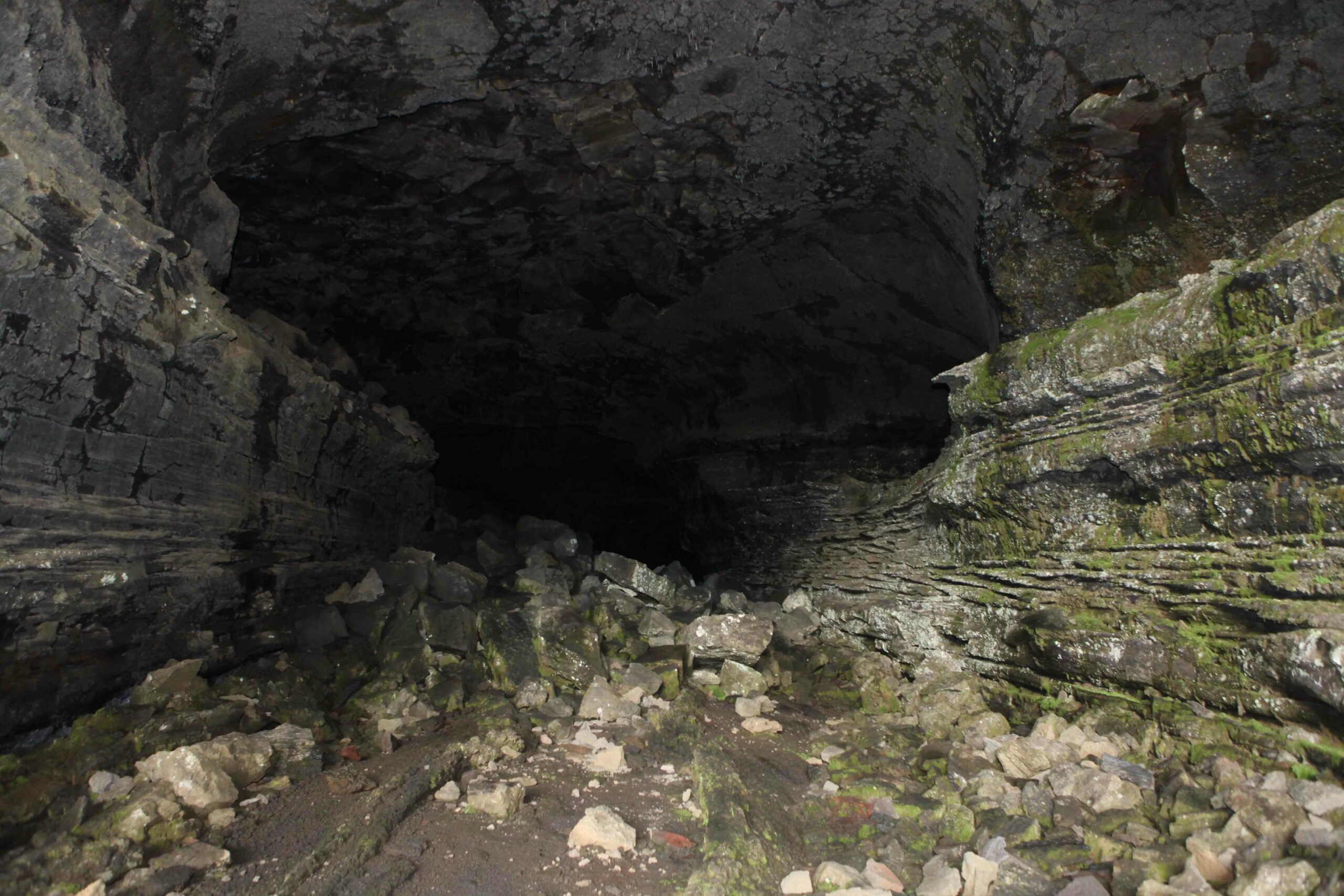 (Photo: Samir S. Patel)
(Photo: Samir S. Patel) -
Features May/June 2017
After the Battle
The defeat of a Scottish army at the 1650 Battle of Dunbar was just the beginning of an epic ordeal for the survivors
 (Mary Evans Picture Library / Alamy Stock Photo)
(Mary Evans Picture Library / Alamy Stock Photo) -
Letter from Greenland May/June 2017
The Ghosts of Kangeq
The race to save Greenland’s Arctic coastal heritage from a shifting climate
 (Photo: R. Fortuna, National Museum of Denmark 2016)
(Photo: R. Fortuna, National Museum of Denmark 2016) -
Artifacts May/June 2017
Maya Jade Pectoral
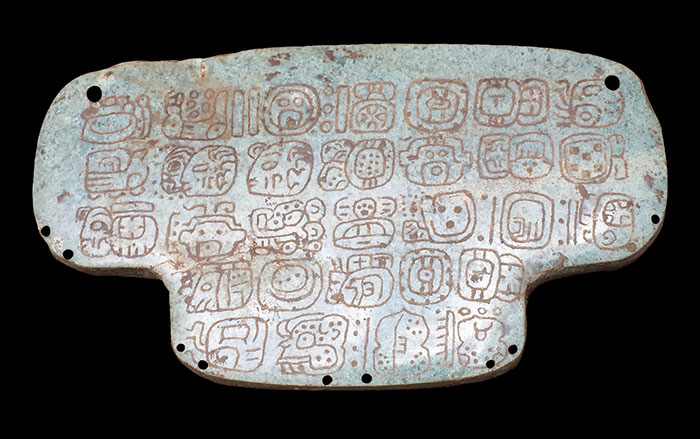 (Courtesy Toledo Regional Archaeological Project, UCSD)
(Courtesy Toledo Regional Archaeological Project, UCSD)


